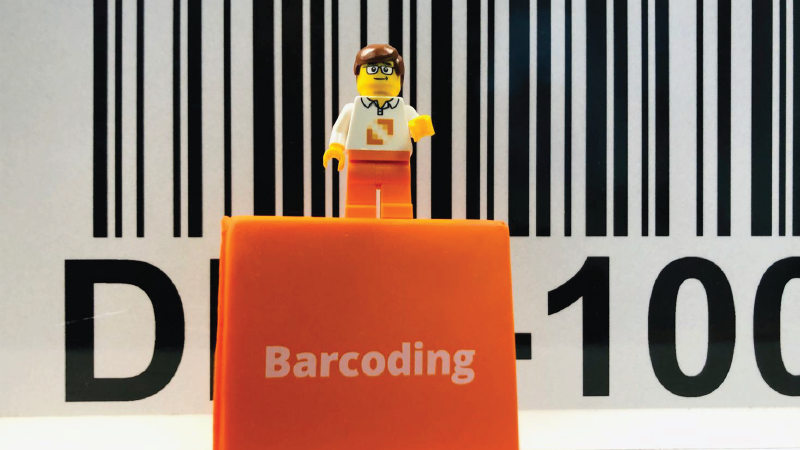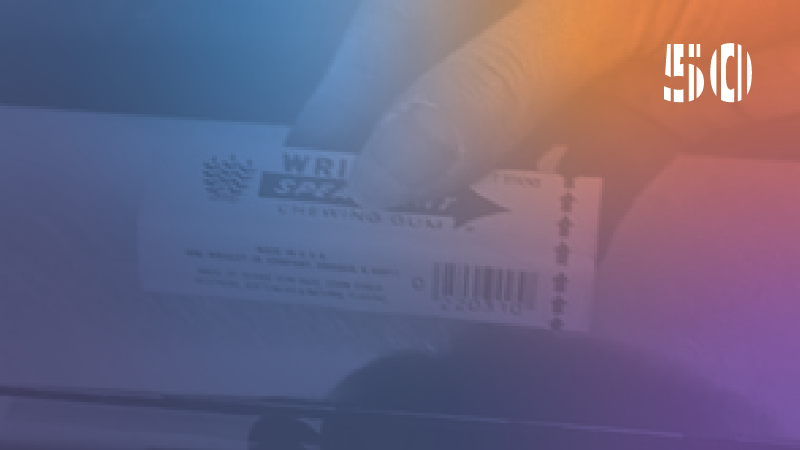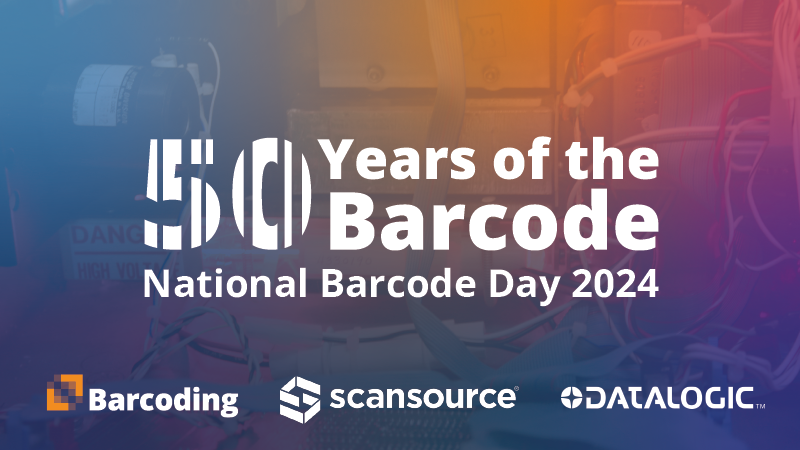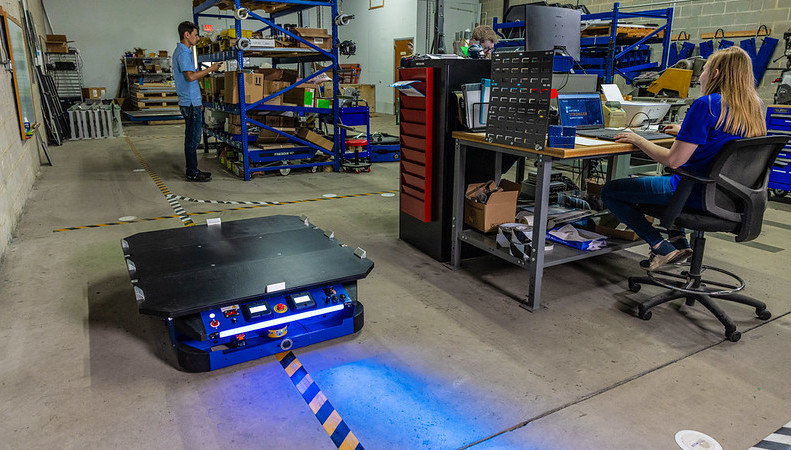This article was written by John Burnell, President & Member of the AIDC 100.
 National Barcode Day on June 26th commemorates a day on the spectrum of innovation that never ends. It was on that date in 1974 when the first product was scanned at a supermarket checkout station (although in the interest of promoting good project management, I will point out that there were trials before the go-live). When that pack of Wrigley’s Juicy Fruit gum passed over a scanner at a Marsh supermarket in Dayton, Ohio, it became a catalyst for considerable changes in retail that spread to many other industries. We can draw parallels from that moment that can help guide technology adoption today.
National Barcode Day on June 26th commemorates a day on the spectrum of innovation that never ends. It was on that date in 1974 when the first product was scanned at a supermarket checkout station (although in the interest of promoting good project management, I will point out that there were trials before the go-live). When that pack of Wrigley’s Juicy Fruit gum passed over a scanner at a Marsh supermarket in Dayton, Ohio, it became a catalyst for considerable changes in retail that spread to many other industries. We can draw parallels from that moment that can help guide technology adoption today.
Today, barcoding as an industry is a multi-billion-dollar business, and retail scanning is the best-known use case. But is point-of-sale scanning the best use of the technology, now or ever? Unfortunately, in 2023 it is still common for hospital patients to receive the wrong medication, and in rarer cases, to receive incorrect implants. United Nations inspectors reported that 2.5 tons of uranium went missing earlier this year. Counterfeit products flood all types of markets; that’s great if you’re looking for designer-like sunglasses from a sidewalk vendor, but not great if you’re relying on a counterfeit airplane part to play its role in getting you to your destination safely. Why can’t we track and exchange information about these and all kinds of other items as comprehensively as the retail supply chain tracks chewing gum?
We can. I’m a member of the AIDC 100, an honorary organization that recognizes contributors to barcoding and other AIDC technologies. Our membership includes some of the principal characters involved in making that first scan possible, and many others that took the technology into exciting new directions. Most people don’t know that the first patent for barcode technology was issued in 1949–25 years before the first supermarket scan. Another patent that covered barcoding concepts was awarded in 1934. There were no ready-made markets for the technology then, but the developers had a vision. What’s yours?
The spirit that led to the first barcodes and later to National Barcode Day is alive and strong today. It won’t get the same attention as the first retail product scan, but this year is the 10th anniversary of the FDA’s Unique Device Identifier (UDI) standard, which established a barcode-based information sharing system that uniquely identifies medical devices. The rules, standards, and associated barcode tracking have provided untold patient safety benefits by keeping counterfeit products out of the supply chain and enabling rapid patient notification with recalls. Years before that, some industry associations and technology leaders, including AIDC 100 members, came together to make the world’s blood supply safer through barcode identification standards for donated blood and other blood products. There’s a lot of effort right now to improve food traceability, both to keep food supplies safe and to prevent waste through better supply chain tracking and processes that will reduce spoilage.
Anyone that visits this site or reads this blog probably has a vision of how some form of AIDC technology could improve their industry, or at least a sliver of it that they are involved in. You can be sure that if you see a need for item identification, or tracking, or information sharing, AIDC technologies can help. That’s the lesson we can learn from the history behind National Barcode Day.
Barcode technology has changed a lot since it was envisioned in the 1930s, patented in the 1940s, and successfully commercialized in the 1970s. One thing that hasn’t changed is that AIDC technologies make it possible to do things in new or better ways. Keep thinking about how, and you’ll add your story to the next chapter in AIDC history. If you’re interested in the history of this industry, visit the AIDC 100 website and browse the histories, memoirs, and member biographies. There are a lot of great stories between the lines of barcodes.


 National Barcode Day
National Barcode Day


